
Griseargiolestes albescens is a species of Australian damselfly in the family Megapodagrionidae. It is commonly known as a coastal flatwing.

Diphlebia is a genus of damselflies in the family Lestoideidae. They are commonly known as rockmasters. These damselflies are very large and thick. The species in this genus are found in Eastern Australia, except for one species that can be found in New Guinea. The males are vividly patterned. They are blue or bluish green and black in colour. Their blue colour also gives them the name azure damselflies. They rest with their wings spread out. Their wings are usually blackish brown or have white markings. These damselflies have several present antenodal crossveins. The two basal crossveins extend across costal and subcostal spaces. The larvae are wide and flat. They have long saccoid gills enabling them to breathe underwater. The inner tooth of their labial palps is elongated. The specific characters of the larva are mid-ventral, distal width, basal width, and length of median lobe.

Hemicordulia intermedia is a species of dragonfly in the family Corduliidae, known as the yellow-spotted emerald. It inhabits slow flowing rivers, lagoons and ponds across northern Australia.

Austrogomphus ochraceus, also known as Austrogomphus (Austrogomphus) ochraceus, is a species of dragonfly in the family Gomphidae, commonly known as the jade hunter. It inhabits streams, rivers and lakes in eastern Australia from north of Brisbane through New South Wales to Victoria.
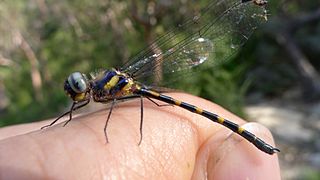
Cordulephya pygmaea is a species of dragonfly of the family Cordulephyidae, also known as the common shutwing. It inhabits streams in eastern Australia. It is small to tiny in size, coloured black, or purplish-black, with yellowish markings. It rests with its wings folded above its body in a similar manner to a damselfly.

Parasynthemis regina is a species of dragonfly in the family Synthemistidae, known as the royal tigertail. It is a medium to large and slender dragonfly with a long body and black and yellow markings. It inhabits stagnant pools and swamps in eastern Australia

Eurysticta coomalie is a species of damselfly in the family Isostictidae, commonly known as a Coomalie pin. It is endemic to the northern area of Northern Territory of Australia, where it inhabits streams and pools.
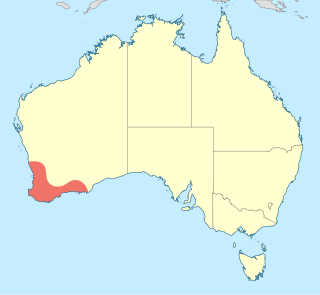
Austrolestes aleison is an Australian species of damselfly in the family Lestidae, commonly known as a western ringtail. It is endemic to south-western Australia, where it inhabits pools, ponds and lakes.
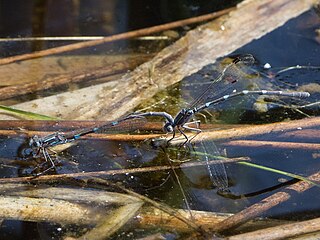
Austrolestes io is an Australian species of damselfly in the family Lestidae, commonly known as an iota ringtail. It has been found in both south-western Australia as well as south-eastern Australia where it inhabits pools, lakes and ponds.
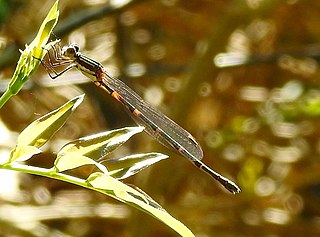
Austrolestes leda is an Australian species of damselfly in the family Lestidae, commonly known as a wandering ringtail. It is found across eastern Australia where it inhabits slow and still water.
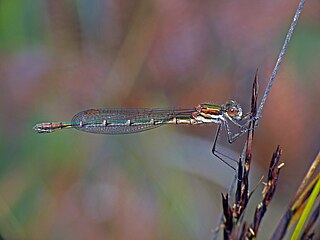
Austrolestes psyche is an Australian species of damselfly in the family Lestidae, commonly known as a cup ringtail. It is found in south-eastern Australia where it inhabits pools, lakes and swamps.
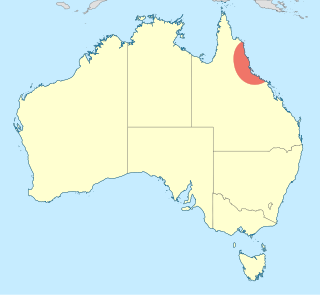
Diphlebia hybridoides is a species of Australian damselfly in the family Lestoideidae, commonly known as a giant rockmaster. It is endemic to north-eastern Queensland, where it inhabits streams in forests.

Diphlebia nymphoides is a species of Australian damselfly in the family Lestoideidae, commonly known as an arrowhead rockmaster. It is endemic to eastern Australia, where it inhabits streams and rivers.

Archiargiolestes pusillissimus is a species of Australian damselfly in the family Megapodagrionidae, commonly known as a tiny flatwing. It is endemic to south-western Australia, where it inhabits streams, bogs and swamps.

Archiargiolestes pusillus is a species of Australian damselfly in the family Megapodagrionidae, commonly known as a little flatwing. It is endemic to south-western Australia, where it inhabits streams, bogs and swamps.
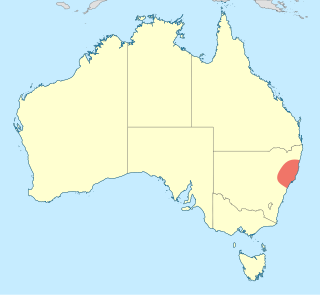
Griseargiolestes bucki is a species of Australian damselfly in the family Megapodagrionidae, commonly known as a turquoise flatwing. It is endemic to the Barrington Tops area of New South Wales, where it inhabits streams, bogs and seepages.

Griseargiolestes griseus is a species of Australian damselfly in the family Megapodagrionidae, commonly known as a grey flatwing. It is endemic to south-eastern New South Wales, where it inhabits bogs and seepages near small streams.

Nososticta taracumbi is a species of Australian damselfly in the family Platycnemididae, commonly known as a Melville Island threadtail. It is endemic to Melville Island, Northern Territory, where it inhabits streams.

Episynlestes intermedius is a species of Australian damselfly in the family Synlestidae, commonly known as an intermediate whitetip. It is endemic to the Eungella area of Queensland, where it inhabits streams.

Synlestes weyersii is a species of Australian damselfly in the family Synlestidae, commonly known as a bronze needle. It is endemic to south-eastern Australia, where it inhabits streams and rivers.



























